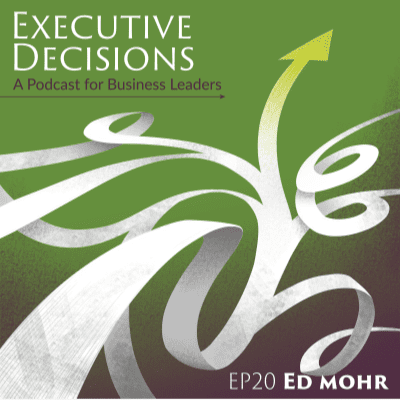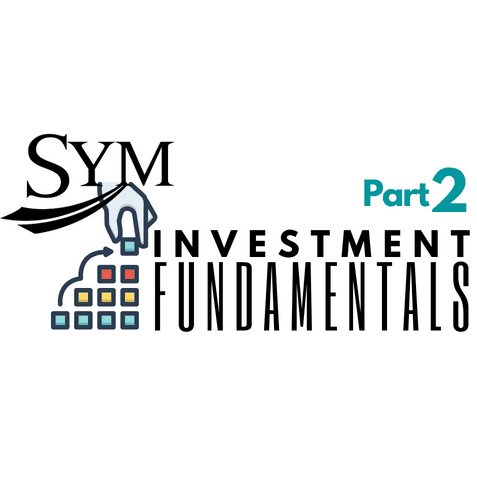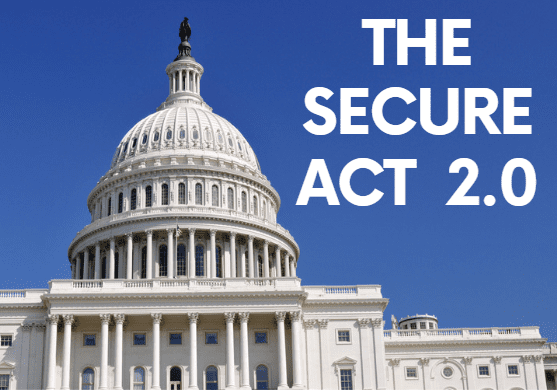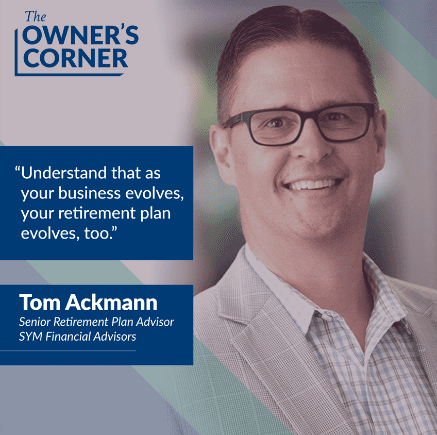
Balancing Growth and Experience with Ed Mohr
Ed Mohr is the retired Vice President of Total Rewards at Whirlpool Corporation, a Fortune 200 company specializing in home appliances. With a background in HR, manufacturing, and logistics, Ed has accumulated 29 years of experience in various roles. In his current position, he is accountable for executive compensation, broad-based compensation, global mobility, benefits, health, wellness pensions, and 401 k plans globally. As a member of the Global Senior HR Leadership Team, he plays a







